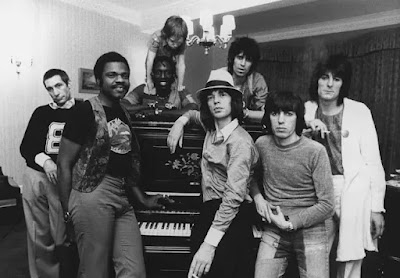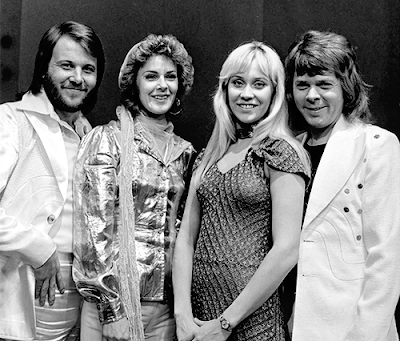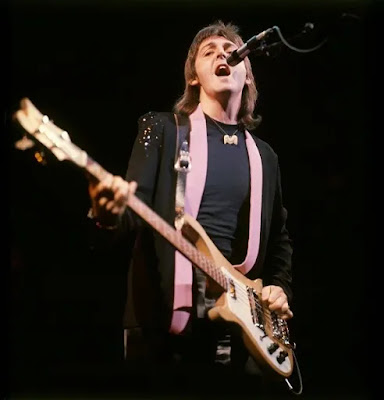Escrita por Joni Mitchell, foi gravada em 1976 e lançada em novembro de 1976, no disco Hejira, o oitavo da carreira de Mitchell. Foi produzido por ela e por Henry Lewy. Foi inspirada na separação dela do parceiro John Guerin e fala de sua experiencia no deserto. Mistura uma história de uma jornada no deserto com a aviadora Amelia Earhart que desapareceu misteriosamente durante um vôo no Oceano Pacífico. O refrão repete, Amelia it was just a false alarm e muda de tom alternadamente, dando uma sensação de constante desconforto. Joni Mitchell cantou, tocou violão e guitarra elétrica. Victor Feldman tocou vibraphone. Larry Carlton tocou guitarra.
A letra:
I
was driving across the burning desert
When I spotted six jet
planes
Leaving six white vapor trails across the bleak
terrain
Like the hexagram of the heavens
Like the strings of my
guitar
Amelia, it was just a false alarm
The drone of flying engines
Is a
song so wild and blue
It scrambles time and seasons if it gets
through to you
Then your life becomes a travelogue
Full of
picture post card charms
Amelia, it was just a false alarm
People will tell you where they've
gone
They'll tell you where to go
But till you get there
yourself you never really know
And where some have found their
paradise
Others just come to harm
Amelia, it was just a false
alarm
I wish that he was here tonight
It's
so hard to obey
His sad request of me to kindly stay away
So
this is how I hide the hurt
As the road leads cursed and charmed
I
tell Amelia it was just a false alarm
A ghost of aviation
She was
swallowed by the sky
Or by the sea like me she had a dream to
fly
Like Icarus ascending
On beautiful foolish arms
Amelia,
it was just a false alarm
Maybe I've never really loved
I
guess that is the truth
I've spent my whole life in clouds at icy
altitudes
And looking down on everything
I crashed into his
arms
Amelia, it was just a false alarm
I pulled into the Cactus Tree Motel
To
shower off the dust
And I slept on strange pillows of my
wanderlust
I dreamed of 747s
Over geometric farms
Dreams
Amelia, dreams and false alarms
A versão de Joni Mitchell:
A versão de Shawn Covin e Mary Chapin Carpenter:
A versão de JK Jones:
















